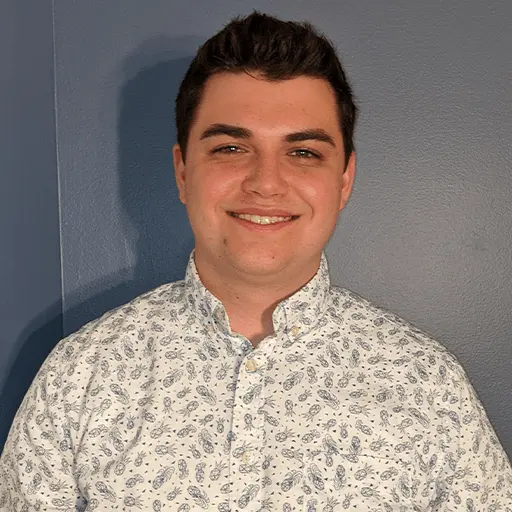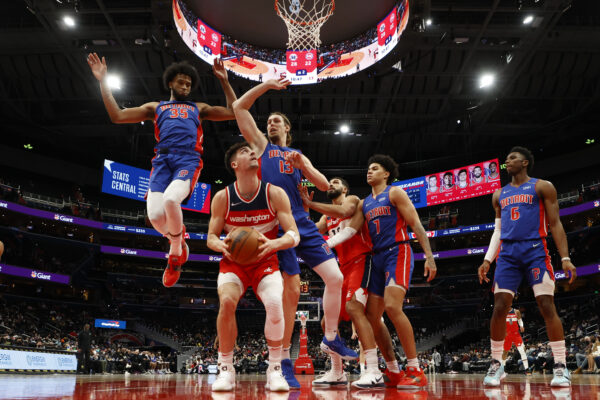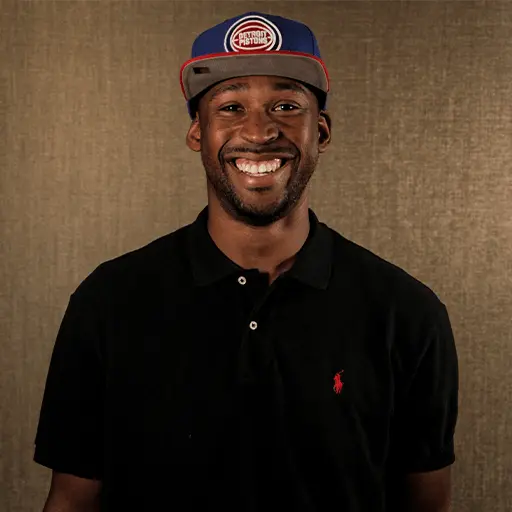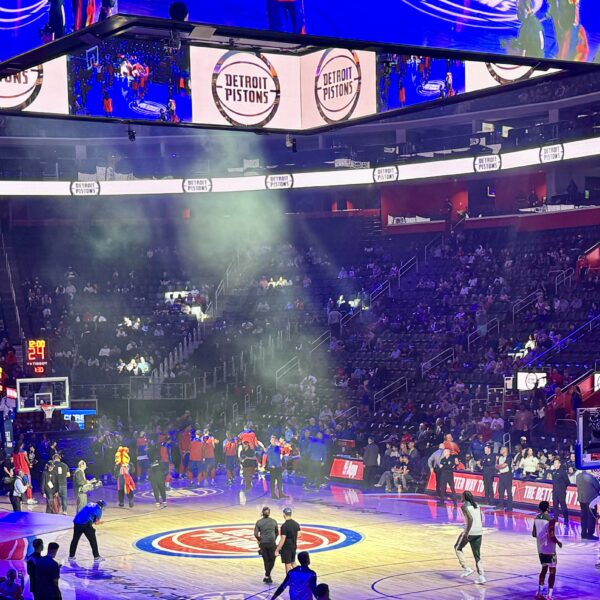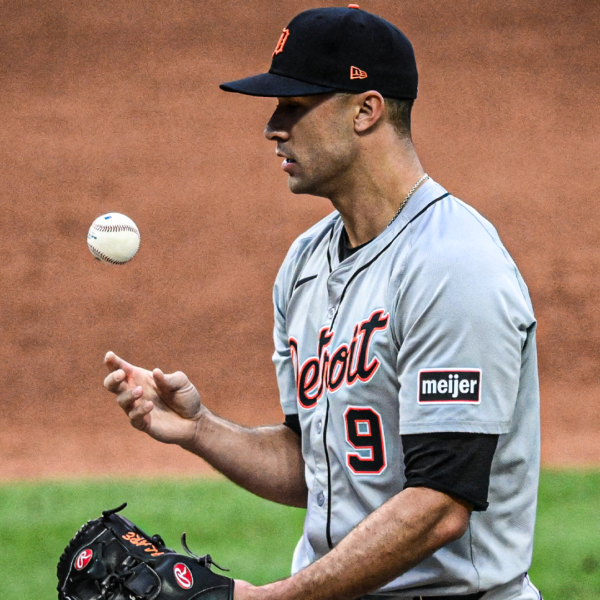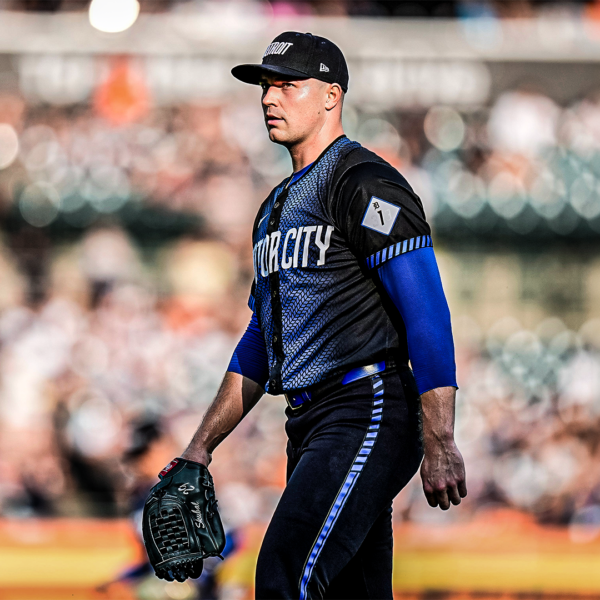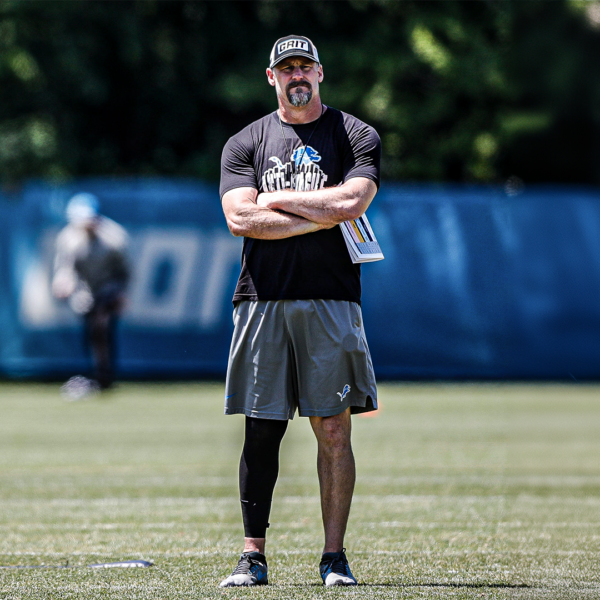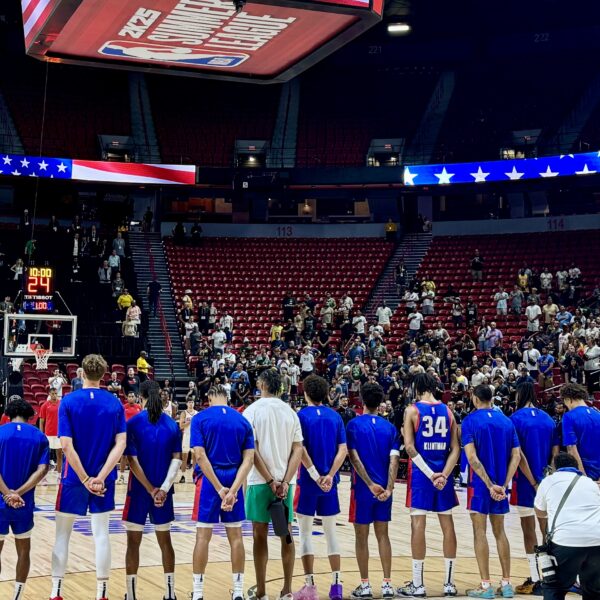Pistons GM Troy Weaver made only one move at the NBA trade deadline. The second-year GM executed a low-risk, medium-reward transaction by acquiring Marvin Bagley III from the Sacramento Kings. Bagley has not lived up to being the second overall pick thus far in his NBA career. Without question, the Kings regret the Bagley selection, and Luka Dončić and Trae Young are just the top of the list of players from the 2018 class they would take over him in a redraft. Weaver and Detroit’s front office took advantage of Sacramento’s buyer’s remorse and bought low on the Duke product.
One of the pieces missing from Detroit’s roster before the Bagley trade was an athletic lob threat. Running to the rim and throwing down lobs is not a part of either Isaiah Stewart‘s or Kelly Olynyk‘s games. By acquiring Bagley, Weaver brought in a rim-running big to the roster. The move is paying dividends so far. Look no further than Bagley’s dunk off an alley-oop dish from star rookie Cade Cunningham in Detroit’s 106-103 victory over the Cleveland Cavaliers.
MARVIN BAGLEY III‼️
He throws it down off the lob from Cade Cunningham #Pistons pic.twitter.com/u8kzIPc5kM
— Woodward Sports Network (@woodwardsports) February 25, 2022
For Josh Jackson, Trey Lyles and a pair of second-round picks, Weaver added Bagley to an already young, developing roster. Bagley has a chance to turn his career trajectory around in Detroit. He is unlikely to ever live up to the second overall pick billing. But in just four games as a Piston, he has already shown promise as a key-role player, and the Pistons have paired him with his ideal complementary big man.
Kelly Olynyk maximizes Bagley’s skillset on offense
One contributing factor to Bagley’s disappointing tenure in Sacramento was the Kings misusing him in offensive sets. Too often the Kings asked Bagley to be a shooter when he is not one. In Sacramento, Bagley played the majority of his minutes with one of Richaun Holmes, Alex Len, Damian Jones or Tristan Thompson on the floor with him. Pairing two bigs together when neither can space the floor significantly limited the King’s offense. Bagley can shoot threes. His career-high in a season is 34.3 percent in 2020-21. But Bagley is not a player you place in the corner and expect to knock down catch-and-shoot three-pointers. In Detroit, that is not what he is asked to do.
In Dwane Casey’s rotation, Bagley and Olynyk both come off the bench at the same time. The majority of Bagley’s minutes in Detroit are shared by playing alongside Olynyk. This pairing plays well to Bagley’s strengths on offense.
Bagley is best suited as a post scorer and as a roller off screens. He thrives in the interior. Olynyk compliments Bagley as a solid floor-spacing big man. While the 30-year-old’s 32.6 percent shooting from beyond the arc this season is a career-low, Olynyk remains a shooter opposing defenses do not want to leave open. In four games paired with Bagley, Olynyk is shooting 40 percent from deep, a small sample size, sure, but it is promising.
This pairing has allowed Bagley to play to his strengths as an inside scorer while not sacrificing floor spacing for the rest of the offense. Olynyk can play along the perimeter as Bagley operates inside.
Olynyk helps hide Bagley’s struggles on defense
One of the big reasons Bagley is not a full-time center is that he is not a particularly good defender. With a 6-11, 235-pound frame, Bagley is subject to getting bullied inside by stronger big men. Bagley is not a rim protector. He cannot anchor a defense. He can get blown by on the perimeter, and he lacks defensive awareness. This season Bagley is a -2.6 defensive box plus/minus and has contributed 0.5 defensive win shares. Simply put, Bagley is the type of player you look to hide on the defensive end.
Olynyk, while not an elite defender, can help hide some of Bagley’s struggles on defense. Olynyk’s presence keeps Bagley from needing to play at the center spot protecting the rim. Olynyk has generally been a positive defender for his career. He has a positive defensive box plus/minus this season at +.6. Olynyk is not going to completely hide Bagley on the defensive end, but he can ensure that important defensive responsibilities are not put on his plate.
In four games, Bagley and Olynyk have shown to be a solid rebounding duo. The pair are already part of Detroit’s fourth-best rebounding five-man lineup this season. The lineup of Bagley and Olynyk alongside Killian Hayes, Hamidou Diallo and Rodney McGruder has a net +2.3 total rebounds per 100 possessions. Again it is a small sample size, but it will be interesting to see how they continue to perform as the season comes to a close.
Bagley and Olynyk are an ideal fit
Olynyk is the ideal pairing for Bagley. The 30-year-old’s floor spacing on offense lends Bagley the freedom to operate inside, and his positive defensive abilities help prevent Bagley from being exposed on the other end of the court. With Olynyk playing alongside him, Bagley is able to effectively play as the five on offense while playing at the four on defense. This dynamic maximizes his strengths while hiding some of his weaknesses.
Bagley and Olynyk only played together in a small sample size so far. In the few minutes the pair shared the court, Bagley showed off a skillset that Detroit lacked all season. Coming off the bench, Bagley is a lob threat for Cunningham and Detroit’s other ball-handlers. With the ball in his hands, Bagley showed an ability to get to the hoop while operating in the post. The 22-year-old is already playing a larger role in the Pistons offense than he did all season with the Kings.
Bagley missed Detroit’s last two games due to injury. When he returns to the lineup, the chemistry and development of his pairing with Olynyk will be interesting to watch. Yes, the flashy dunks off alley-oop lobs from Cunningham will be a spectacle to watch, but how Bagley operates with that bench unit, with Olynyk, will be key to his future as a Piston.
Bagley is a restricted free agent this offseason. His qualifying offer is set to be around $7 million. It is unlikely he will get an offer much more than that on the open market. Detroit could offer him an extension of two or three years at around $7million each year, or they could let him sign the qualifying offer and play out next season to see what they have in him, making him an unrestricted free agent next year.
Ultimately, Bagley’s performance down the stretch will determine that future. His pairing alongside Olynyk will be a key factor in to his performance, and it is a pairing to keep an eye on for the rest of the season.
Featured Image Credit: Geoff Burke-USA TODAY Sports
